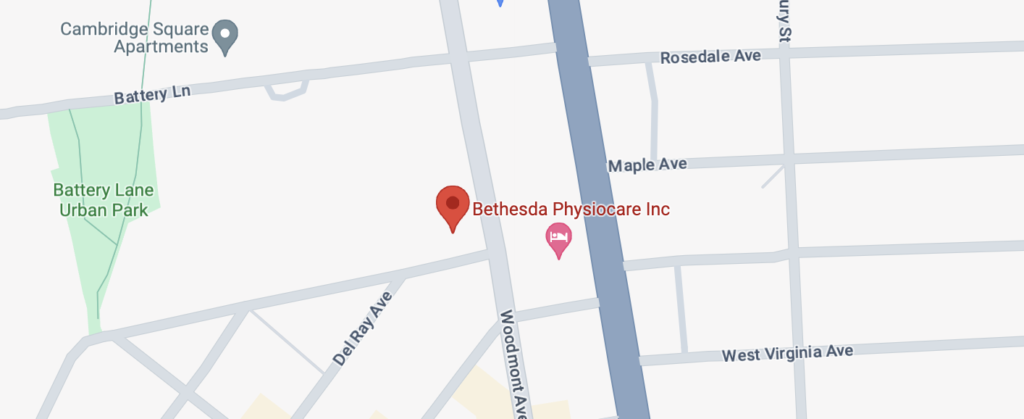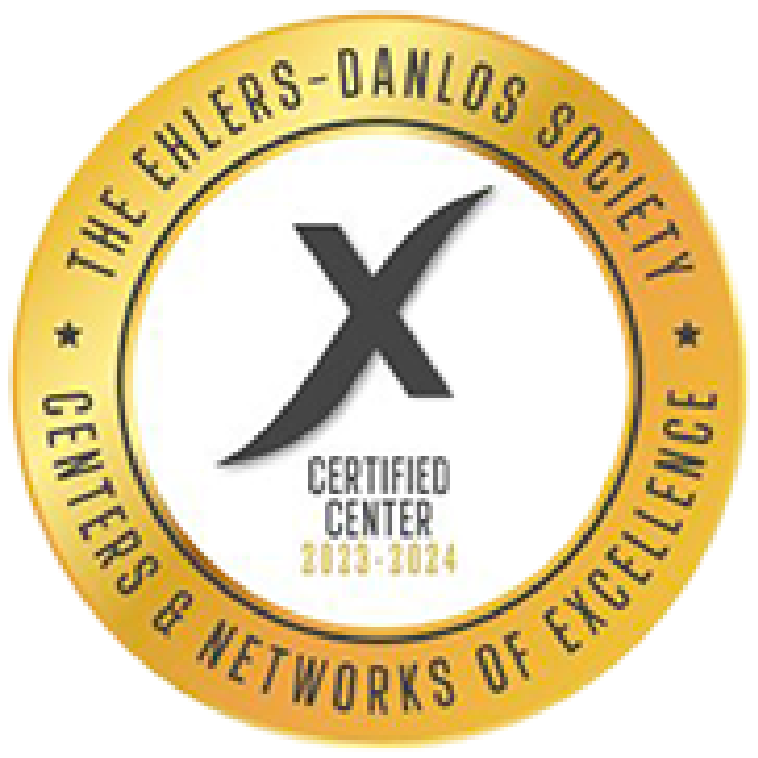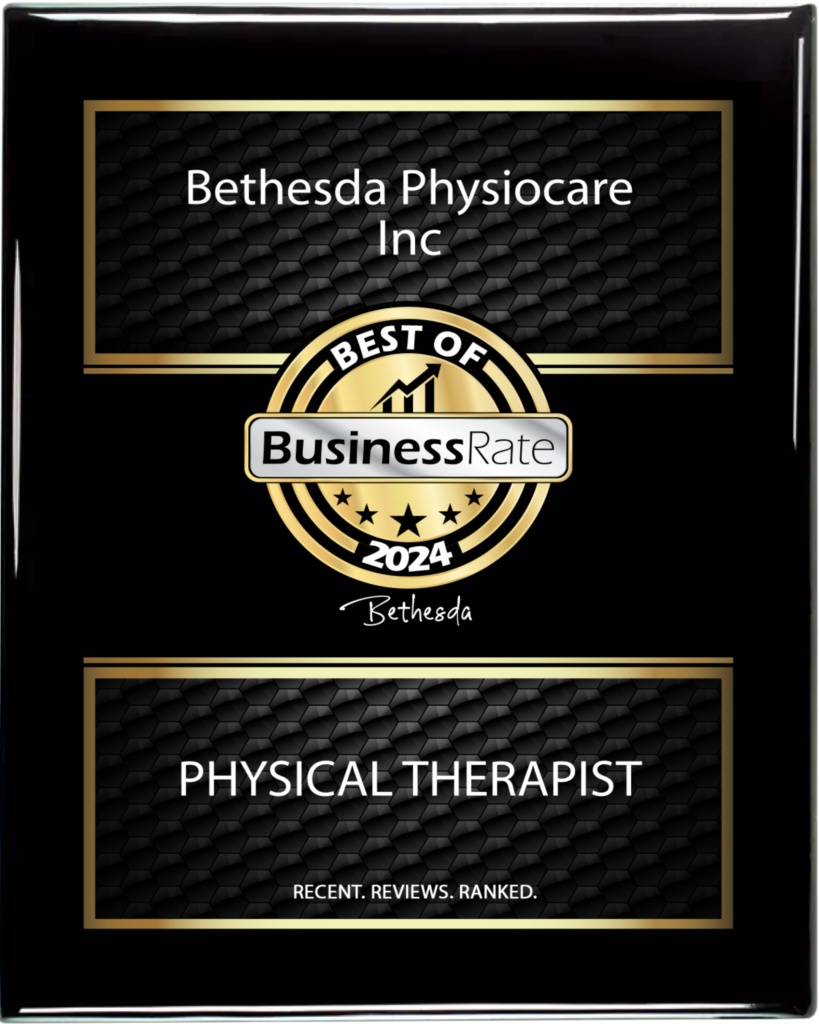
Chronic or persistent pain is not just an issue with older adults or with people who had an acute injury that turned into a chronic pain problem. We might not immediately associate chronic pain with children or young adults, but data shows that it is not uncommon for children under the age of 13 and young adults (18-24) to visit a physician’s office for a chronic musculoskeletal pain diagnosis. This life stage is critical for a young person’s development and the exploration of personal, professional, and health trajectories, so the treatment of chronic pain in this critical stage of life comes with added layers of complexities.
The intricacies of chronic pain treatment are similar across age groups, but pharmacological approaches are often over-prescribed, thus bypassing the positive effects of treatment options like physical therapy, which may include transcutaneous electrical nerve stimulation, dry needling, exercise, and other non-pharmacological therapy options.
So, when it comes to persistent pain in younger people, how can physical therapy help with short-term and long-term relief? While the studies are not conclusive and there is still much to learn about persistent pain in youth, we explore how non-pharmacological intervention might be the better choice.
Data Shows Over-Prescription of Pharmacological Approaches
Recent study results indicate that young people in the United States are often over-prescribed medicine to combat chronic pain as opposed to non-drug treatments such as physical therapy. This finding suggests that physicians are choosing to treat younger patients with pharmacological approaches instead of opting for a less-invasive non-drug approach.
This analysis was led by the National Center for Complementary and Integrative Health and the University of Montreal. Studies show that the effectiveness of medications for treating chronic pain in children and young adults is lacking, yet this continues to be the most common prescription.
Key Takeaways from the Study
- Data analyzed from physicians visits of patients under 25 years of age with chronic musculoskeletal pain conditions showed that in a 9-year period 5.57 million children (under 13), 8.71 million adolescents (13 to 17), and 14.35 million young adults (18-24) visited a physician for treatment of chronic pain diagnosis.
- Chronic joint pain was a common diagnosis among children and adolescents
- Prescriptions for non-pharmacological treatments like physical therapy and health education occurred less often
- The most frequently prescribed treatment in all age groups was non-opioid medications. This accounted for about 38.5% of treatments in children, 48.8% in adolescents, and 46.3 % in young adults.
- The number of children prescribed physical therapy was too small to report.
The Benefits of Non-Drug Treatments Like Physical Therapy
Today, much more attention is being directed to the benefits of non-drug treatments. The World Health Organization, for example, recently added physical therapy and psychological interventions in their guidelines for chronic or long-term pain management in children. A multi-disciplinary and multidimensional approach to the complex question of persistent pain is garnering more attention, as healthcare providers learn about the benefits of individualized treatments offered in physical therapy settings.
How Physical Therapy Can Help Chronic Pain in Children and Young Adults
Treating persistent pain is a central part of a physical therapist’s role. Whether in treating older adults, patients who’ve suffered traumatic accidents, or younger people that experience recurring pain, physical therapists do investigative work to find the right treatments and program for someone in an individualized way. No two treatment trajectories are the same because everyone’s pain is different. This holds true with children and young adults as well.
Different types of physical therapy modalities used in the treatment of chronic pain can include but are not limited to:
- Electrotherapy modalities (transcutaneous electrical nerve stimulation)
- Dry needling
- Thermal modalities (moist heat, ultrasound)
- Manual therapies (manipulation, massage)
- Exercise and exercise programs
The Benefits of Physical Therapy and Other Non-Drug Approaches
Physical therapy interventions are not only individualized and tailored to a patient’s unique circumstances — cultural traits, age group, environmental factors, and medical history — but they are also inherently connected with patient education. Physical therapy approaches take great aim in educating patients about why they are doing what they are doing and steps they can take on their own to pursue a better result.
When it comes to younger patients, the better they understand their pain, the better results they will experience.
Physical therapy assists with the following:
- Encouraging independence in their treatment
- Decreasing pain
- Better participation levels and engagement with normal day-to-day activities and recreational activities in their age group
- Improvement of mobility
- A better understanding of body mechanics that promote good movement habits
- Improved posture
- Enhanced functionality
- Muscle strength
- Bone development
The above ultimately helps patients build confidence and understanding of their condition. It tends to steer the focus away from the pain and lead to more productive approaches to coping, healing, and finding solutions. Simply prescribing a drug or non-steroidal anti-inflammatories (NSAIDs) may not necessarily encourage any of the above and therefore not have the same long-term benefits.
Explore Your Non-Drug Options for Chronic Musculoskeletal Pain
Chronic pain in children and young adults can be detrimental to development and participation in activities they love. Living with pain can affect their future social and professional lives, as well as their confidence and quality of life. Treating chronic pain with pharmacological medicines and ignoring the benefits of non-drug approaches, can greatly limit their progress and have long-term consequences.
At Bethesda Physiocare, we dive into chronic pain in a multi-disciplinary all-encompassing approach. Pain is not one-dimensional. It is complex. We use all the tools in our physio care toolbox to find the right solution for each patient. Young patients need guidance and support when working through their pain and we provide that with high-quality physical therapy, which may include virtual reality exergaming, and other fun activities.
Ready to tackle chronic pain for the long term? Call the clinic today and learn more about what we do and how we can help children and young people cope and get past their persistent pain.



